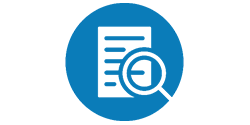Blood Watch
Blood Watch supports safe blood management in NSW, by identifying and addressing risks related to transfusion practice, Patient Blood Management and the supply of blood and blood products.
Blood transfusion, while very safe, is associated with adverse outcomes including increased morbidity, mortality and length of stay.
Blood Watch partners with the NSW Ministry of Health, NSW Health Pathology, the pillars, health services and national agencies, to provide leadership to improve patient outcomes and, the safe and efficient use of blood and blood products in NSW.







